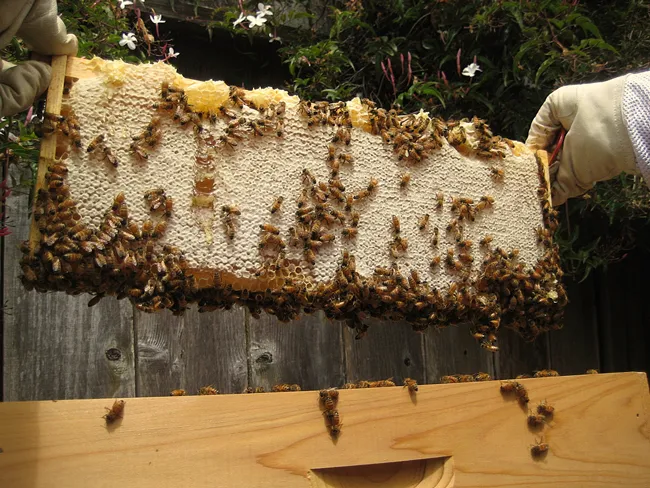- Your cart is empty
- Continue Shopping
How much honey do bees need for winter?

How much honey do bees need for winter?
Many variables dictate how much honey your bees will use during winter. To be on the safe side, leave extra and check their supplies frequently as spring approaches.
How much honey will your bees need for winter? Good question. But before I answer, here’s a question for you: How much heating fuel will my household use this winter?
Well, you say, that is complex. It depends on where you live, your local climate, and the size and geometry of your house. It depends on what type of furnace you have, how warm you like it, and how many people live there. It depends on how much insulation you have, whether you have windbreaks, and what color it is. It depends on air leaks and ventilation and the materials it is made from. It depends on whether the seasons are early or late. And on and on.
Your bee colony has different issues, of course, but just as many. The climate and weather, the amount of ventilation, the structure of the hive, the number of bees, the kind of bees, the number of warmish days, and the number of abnormally cold ones are some obvious examples. The fact is, you can’t predict exactly how much honey a colony will need, so it is better to estimate on the high side.
Some general guidelines for leaving honey
I checked dozens of sources this morning and found an amazing amount of agreement on general guidelines. Colonies in the southern U.S. may thrive on as little as 40 pounds (18 kg), those in the middle states need about 60 pounds (27 kg), and northern bees may require 80 or 90 (36-41 kg). Those are average numbers for average years and average hives. What’s the average? Another good question.
In all but the warmest areas, I recommend that a beekeeper leave 80 to 90 pounds (36-41 kg). In nearly all cases, this will assure a good supply of natural food for your bees, and it will save you messing around with syrups and sugars and supplements. In short, it is good for them and good for you.
The amount of honey in a frame
The Mann Lake catalog used to have estimates for the weight of full boxes. According to them, a full ten-frame deep weighs 80-90 pounds (36-41 kg), and a full ten-frame medium weighs 65-75 pounds (29-34 kg). Discounting the weight of the structure and dividing by 10, a full deep frame holds about 8 pounds (4 kg) of honey and full medium holds about 6 pounds (3 kg). (If you evenly space nine frames in a ten-frame box, a full frame will weigh a bit more.)
According to Caron and Conner (2013), the ideal fall colony will have brood in the center of the lowest box. This will be flanked with frames of honey and pollen, and the two outermost frames will be filled with just honey. The second deep will be filled to the brim with honey—all ten frames.
Applying the math to their ideal colony, you will have 12 deep frames completely full of honey which gives you (8 x 12) or 96 pounds (44 kg), plus any additional that is stored on the pollen frames.
This setup should get you through any winter, but in the more temperate states, you could easily replace the second deep with a medium, which would give you (6 x 12) or 72 pounds (33 kg) of honey plus any additional on the pollen frames.
Look before you harvest
A common error that new beekeepers make is harvesting the honey supers without checking the brood boxes for honey. You cannot assume the deeps are full just because the honey supers are full. Often the bees use one or both brood boxes for brood and pollen during most of the season. Not until late in the year do they start storing honey closer to the brood nest.
If you take off the supers without checking, you could be leaving your bees with almost nothing for the winter. So above all, remember to look before you take.
Rusty


